An explorative study on hyperloop as addition to the transportation landscape
This review summarizes the findings of the "Amsterdam Airport Schiphol Study," conducted collaboratively by Schiphol Airport and Hardt Hyperloop. The study seeks sustainable solutions to meet the growing passenger demand at Schiphol Airport, and explores the feasibility of a cross-border hyperloop network in Northwestern Europe. The review highlights the hyperloop's environmentally-friendly and efficient characteristics, while separately revealing its potential to handle between 97 to 127 million passengers annually by 2050. Furthermore, it delves into the spatial and operational considerations for integrating a Hyperloop Terminal within Schiphol Airport's existing infrastructure, underlining the system's substantial contribution to the airport's sustainable development.

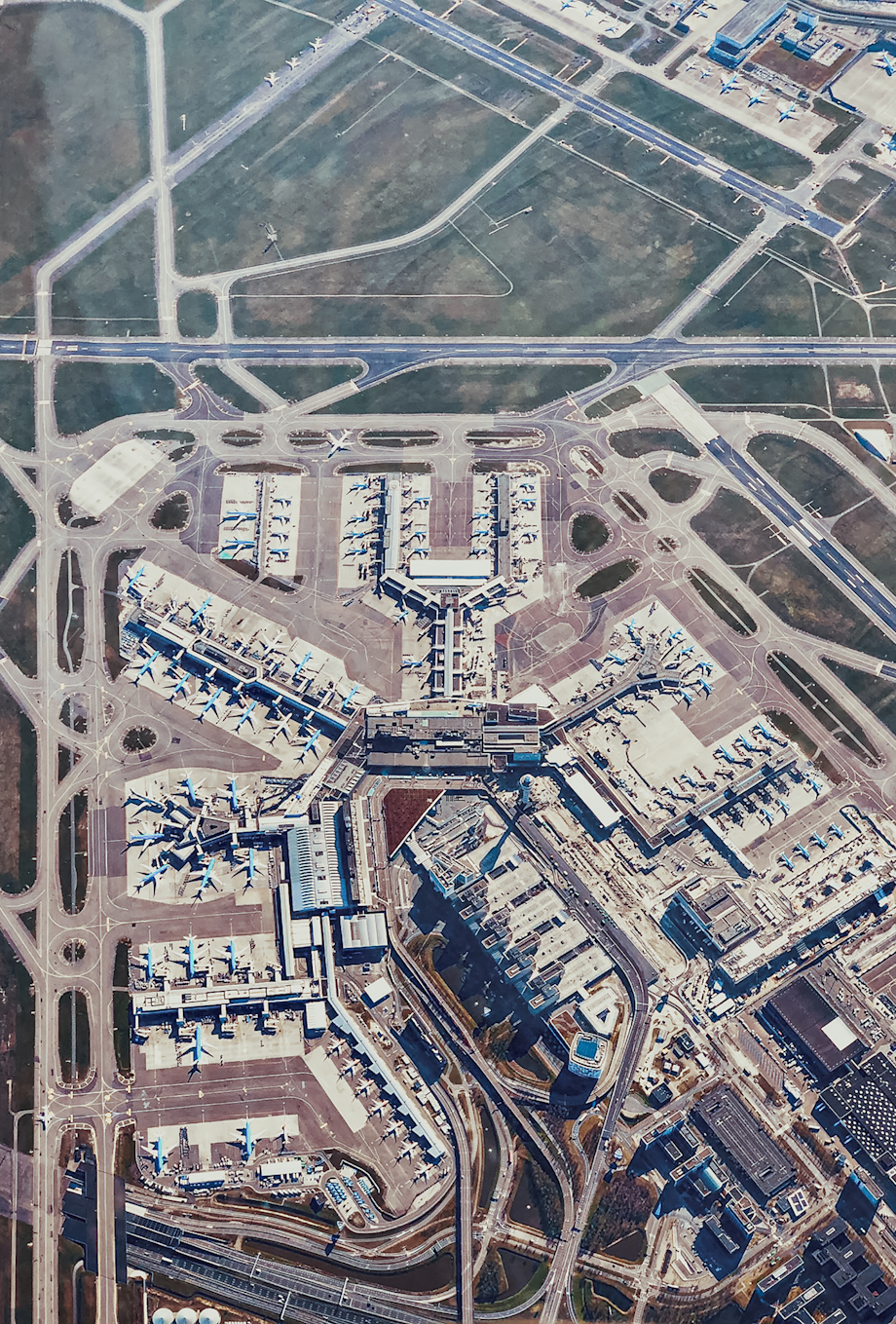
Amsterdam Airport Schiphol
Amsterdam Airport Schiphol (AAS) is vital to the Dutch economy and a critical hub for international trade and services. Managed by the Royal Schiphol Group (RSG), a body that oversees several regional airports and handles 80 million airplane passengers annually, AAS serves as a fundamental multi-modal transport link, facilitating seamless connections between air, rail, and road transportation. This network supports international commerce while focusing on growth, quality, and accessibility. The key strategic objectives of AAS include the maintenance of network quality, the strengthening of its position as an international multi-modal hub, and ensuring comprehensive accessibility.

After 2020, AAS's future is characterized by an interplay between burgeoning demand and stringent capacity restrictions. The WLO-Scenarios (Welfare, Leefomgeving, and Ontwikkeling Scenarios) are employed to shape this forecast. These scenarios present two contrasting perspectives: "unrestricted," where the airport faces no policy or capacity limitations, and "restricted," which takes into account policy caps and other constraints.
Under the "restricted" perspective, two scenarios are considered: "Restricted-High," with a demand gap predicted to be as high as 58.3 million passengers by 2050, and "Restricted-Low," where the demand gap is forecasted at a more modest 2.8 million passengers. On the other hand, the "Unrestricted" scenario shows no such limitations. The projections, informed by these WLO-Scenarios, indicate that AAS may face a demand ranging between 121 and 181 million passengers annually by 2050, with growth far from assured due to various potential obstacles.
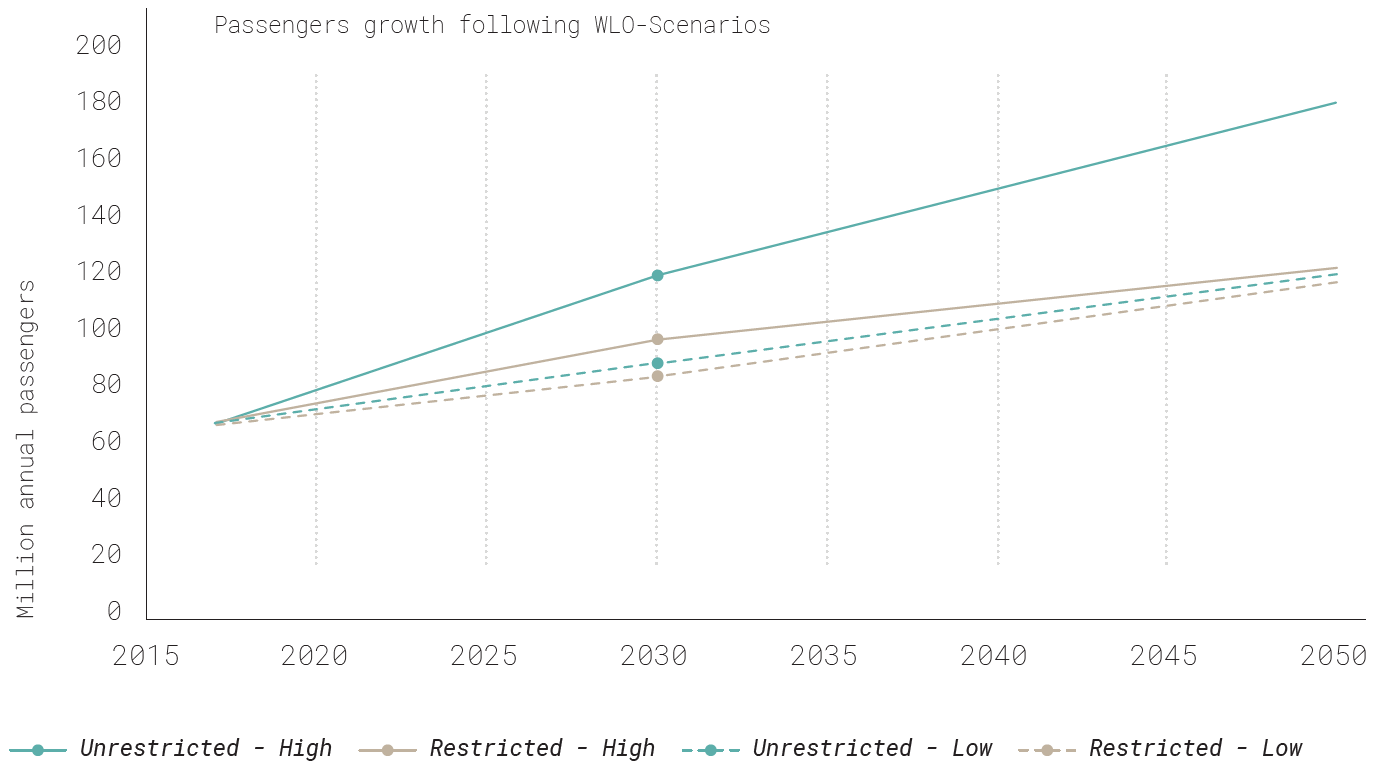
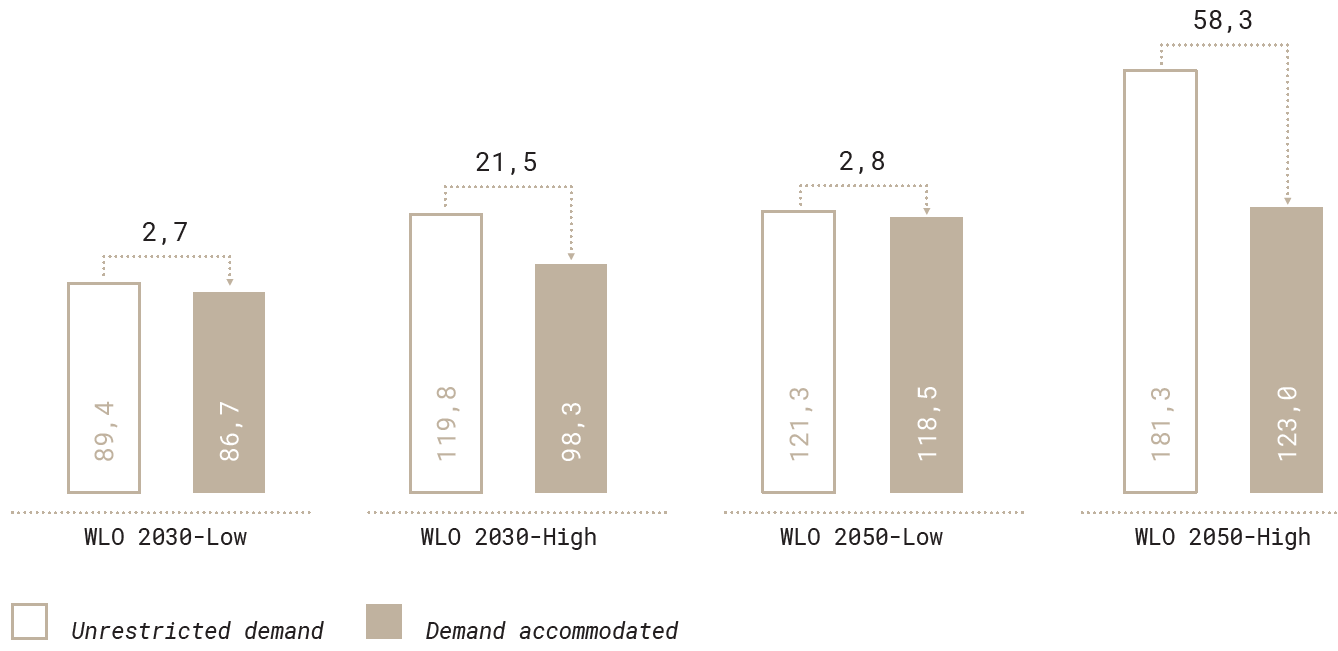
These constraints may threaten AAS's vital role as an international hub, potentially affecting its connectivity within the global network. To address these challenges, shifts in strategies may be required, such as focusing on Origin/Destination of passengers, or exploring an increase in capacity to maintain the hub's efficiency.
AAS must carefully navigate this complex environment, aligning its growth strategies with external pressures and evolving global travel demands. By balancing these contrasting factors, AAS can work towards maintaining its essential position in the international transport network, reflecting its commitment to quality, accessibility, and sustained growth.
The vitality of the Dutch aviation sector, essential for wider economic growth, hinges on the development of sustainable solutions to handle future passenger growth. Despite previous suggestions for high-speed rail (HSR) as a short-haul flight substitute, it has been deemed inadequate due to issues like cost overruns and protracted infrastructure project lead times. Meanwhile, an estimated €1.500B investment is required for European transport infrastructure within the next decade, demanding a careful balance between immediate congestion relief and fostering long-term sustainable opportunities.
In response to these challenges, innovative transportation solutions such as the hyperloop – a ground transportation method that delivers aviation-like speeds – emerge as promising alternatives to Schiphol's capacity problems. This report aims to explore this innovative solution to ensure that the airport's capacity can meet future passenger demands.
What is hyperloop and how does it work?
The hyperloop is a novel mode of transportation designed for the efficient movement of large passenger and cargo volumes. Its infrastructure incorporates tubes which can be installed both above and underground, with vehicles akin to small aircraft operating within them.
The hyperloop employs a blend of existing technologies from various industries to create a unique mobility concept. Unlike traditional rail technologies that rely on wheels on tracks, the hyperloop utilizes magnetic forces for levitation, guidance, and propulsion. It operates with pressurized vehicles within a low-pressure tube, effectively reducing both air resistance and energy consumption, thereby achieving speeds of up to 1000 km/h.
The infrastructure itself consists of two parallel tubes enabling vehicles to move in opposite directions. Unlike typical rail services, the hyperloop offers direct transit between any origin and destination within the network without any intermediate stops.
Key characteristics of the hyperloop include:
- High capacity – able to carry up to 20,000 passengers per hour per direction at 700 km/h (or 40,000 passengers per hour with coupled vehicle trains).
- High transit speeds – operational speeds between 500km/h to 1000km/h.
- Low energy consumption – 38 Wh/passenger/kilometre at 700 km/h.
- Low maintenance – minimal wear and tear due to magnetic levitation, propulsion without friction, and switching without moving components.
- Zero operational emissions – completely electric, powered by renewable energy sources.
- Minimized infrastructure footprint – the compact footprint of the elevated infrastructure enables the hyperloop to follow existing routes and seamlessly integrate with transport hubs.
The sweet spot of hyperloop
The graph below presents the expected market share of hyperloop for 406 origin/destination pairs in Europe in short, medium, and long distances, compared to HSR and aviation. It can be divided into three ranges:
- 100 – 500 km: In this range, HSR and aviation currently compete. The hyperloop could take over a portion of the market share from both HSR and aviation.
- 500 – 1750 km: The hyperloop is expected to solely substitute flights, as HSR lacks competitiveness. In this range, hyperloop offers superior performance to aviation.
- 1750 – 3000 km: Hyperloop and aviation are set to compete, with hyperloop providing a competitive alternative to air travel, similar to the dynamics between HSR and aviation in the under 500 km category.
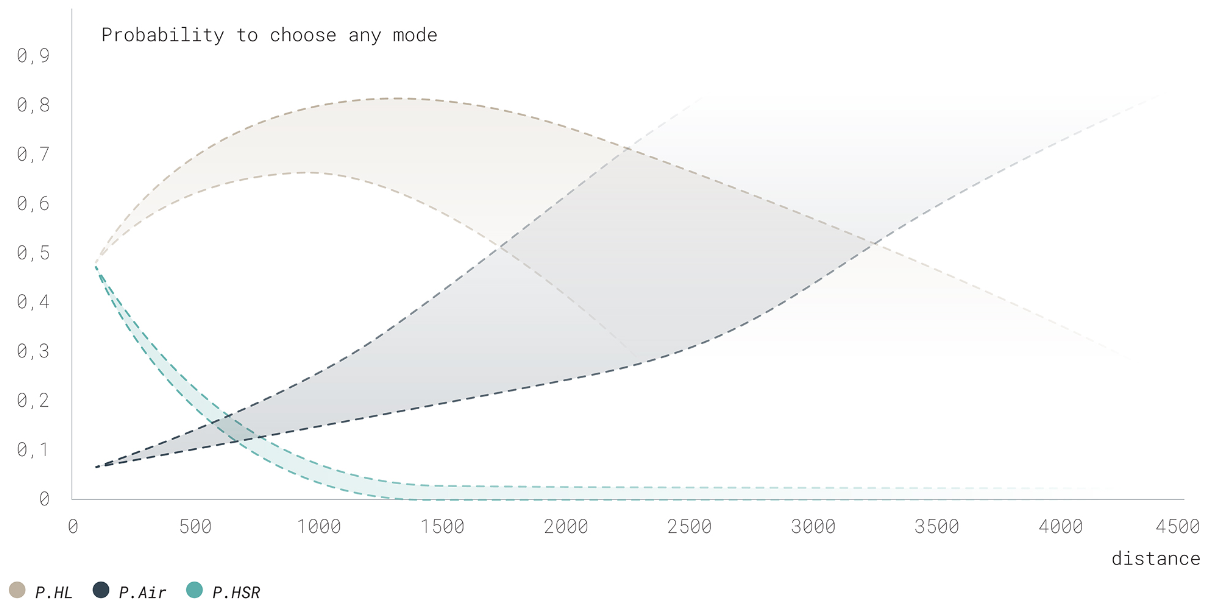
The Network
The proposed study presents the hyperloop as a transformative solution for Schiphol's capacity problem. It does this by envisioning four different scenarios, eventually leading to a network that connects Schiphol to major airports and cities in Northwestern Europe, including the UK, France, Belgium, the Netherlands, and Germany. The presented network offers direct, non-stop connectivity, efficiently spanning the approximately 2,200 km distance that connects 18 pivotal stations, as illustrated below.
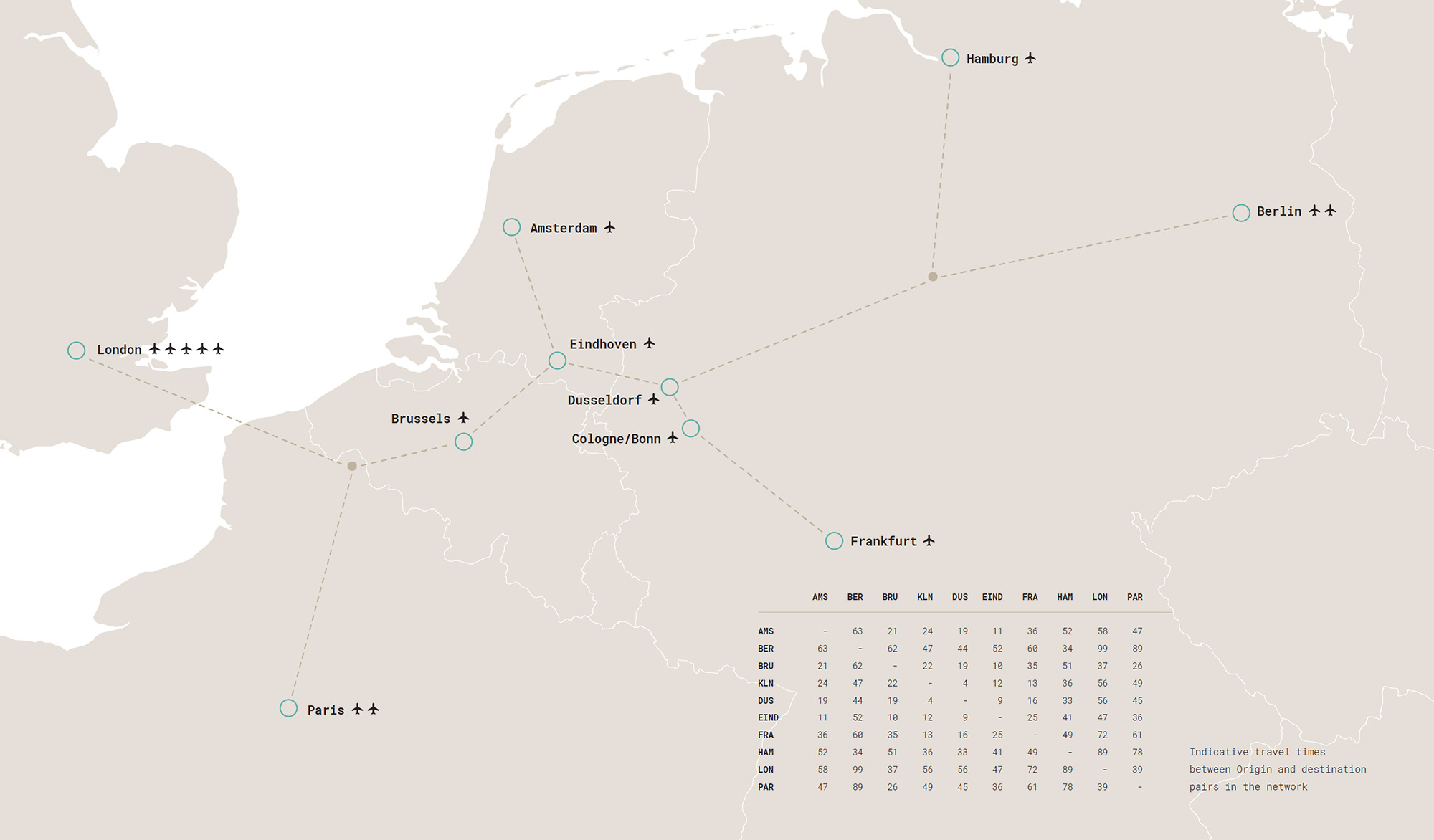
Based on this network and the projected scenarios by the WLO, the hyperloop is anticipated to handle between 97 to 127 million passengers every year by 2050. Noteworthy is the hyperloop's potential to ease Schiphol's burden by absorbing an estimated 12.1 to 12.5 million passengers by 2050, thus significantly reducing airport congestion. In addition, the network could provide services for passengers of both international and domestic trains when their routes coincide with the hyperloop's corridors.
Considering capacity utilization, the rates for the hyperloop range from a low of 10% (towards Hamburg) to a high of 40% (Brussels – Eindhoven). Comprehensive assessments of all passenger demand from aviation and rail indicate that the hyperloop system's capacity substantially surpasses the projected demand across all routes. This allows for flexible capacity management strategies based on fluctuations in demand and travel patterns, such as modifying headway and vehicle combinations.
In terms of operational performance, the hyperloop system is highly efficient. Each vehicle can hold 60 passengers, and trains can consist of 1 to 2 vehicles, resulting in a system capacity of 20,000 to 40,000 passengers per tube per hour. The vehicle cruise speed is 700 km/h, with operating hours of 16 hours per day, 365 days a year, offering a fast, reliable, and completely automated transport solution.
Integration of Hyperloop system at Schiphol
The integration of the hyperloop system at Schiphol Airport demands a meticulously designed terminal configuration capable of handling approximately 12 million annual aviation passengers. The Schiphol Hyperloop Terminal's peak-hour 2050 passenger demand ranges between 2,500 to 3,000 passengers per peak-hour, respectively the low and high scenario. The terminal would have two platforms, with one catering to Non-Schengen destinations and the other to Schiphol destinations, in a 50-50 ratio. The daily vehicle arrivals and departures will span various destinations in the network from Schiphol Airport.
An average of 6-7 trains per hour will depart and arrive per platform, with a turnaround time per train of 7-10 minutes on average, resulting in seamless passenger movement while minimizing waiting times. Strategically embedding the Schiphol Hyperloop Terminal within the existing built environment, considering the limited space at Schiphol Airport, is crucial. The indicative locations proposed by UNStudio for the terminal are Schiphol Terminal West and Schiphol Terminal A, which would optimally integrate the hyperloop system into the airport's infrastructure (see figures below).
By embedding the hyperloop at Schiphol Airport, this innovative transportation solution can effectively contribute to the airport's sustainable development while providing a highly efficient and environmentally-friendly alternative for millions of passengers traveling between major cities and airports within Northwestern Europe.
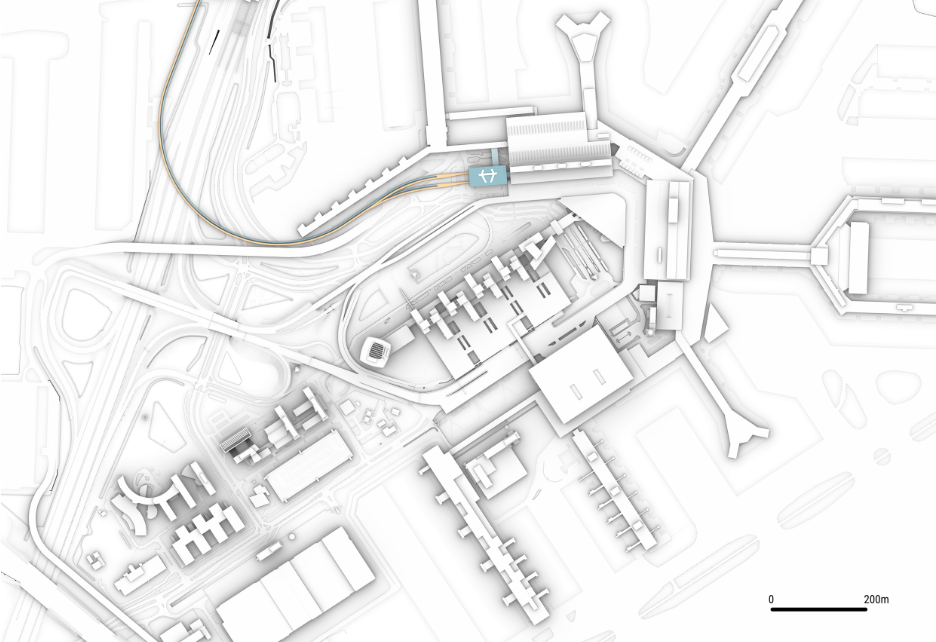
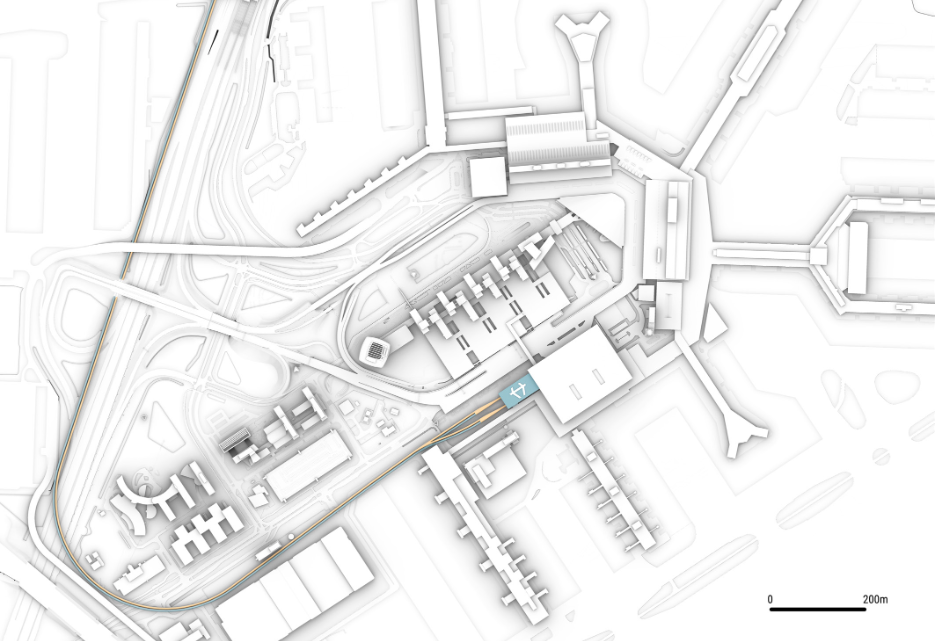
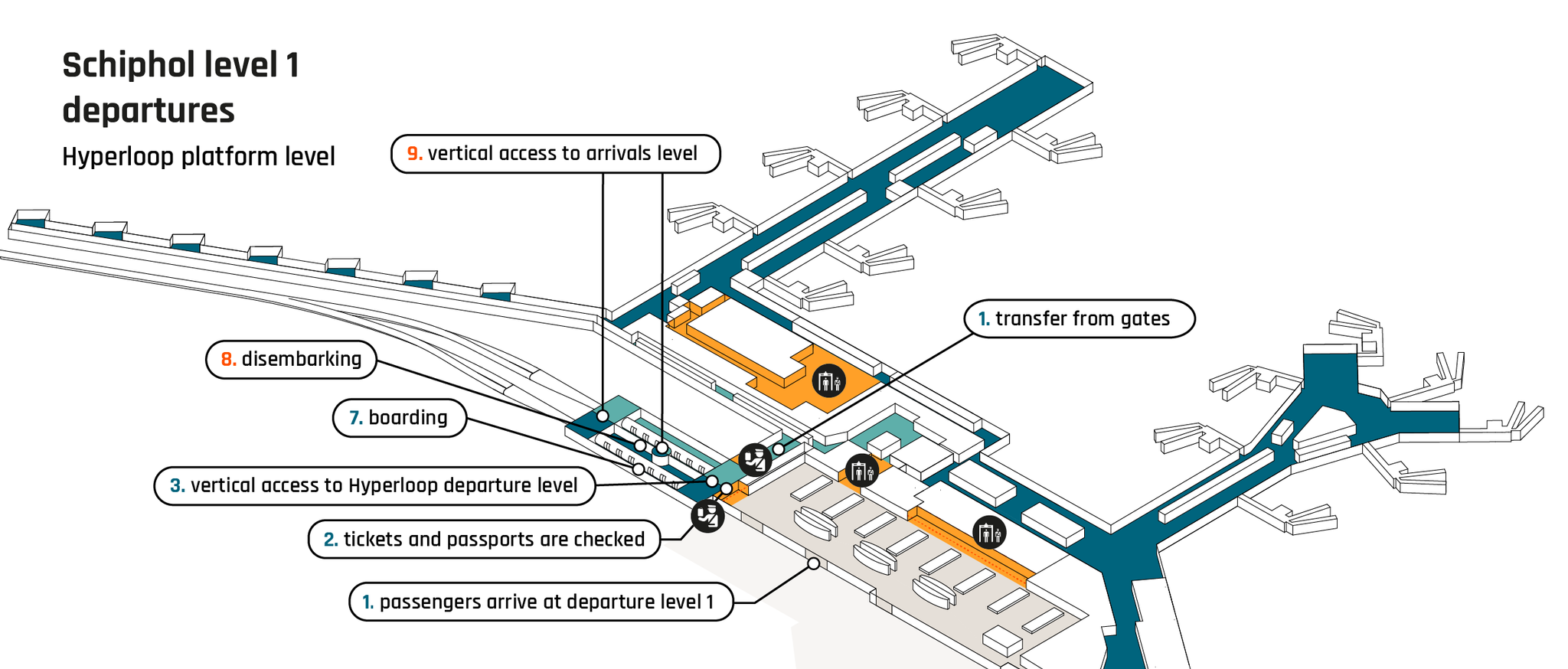
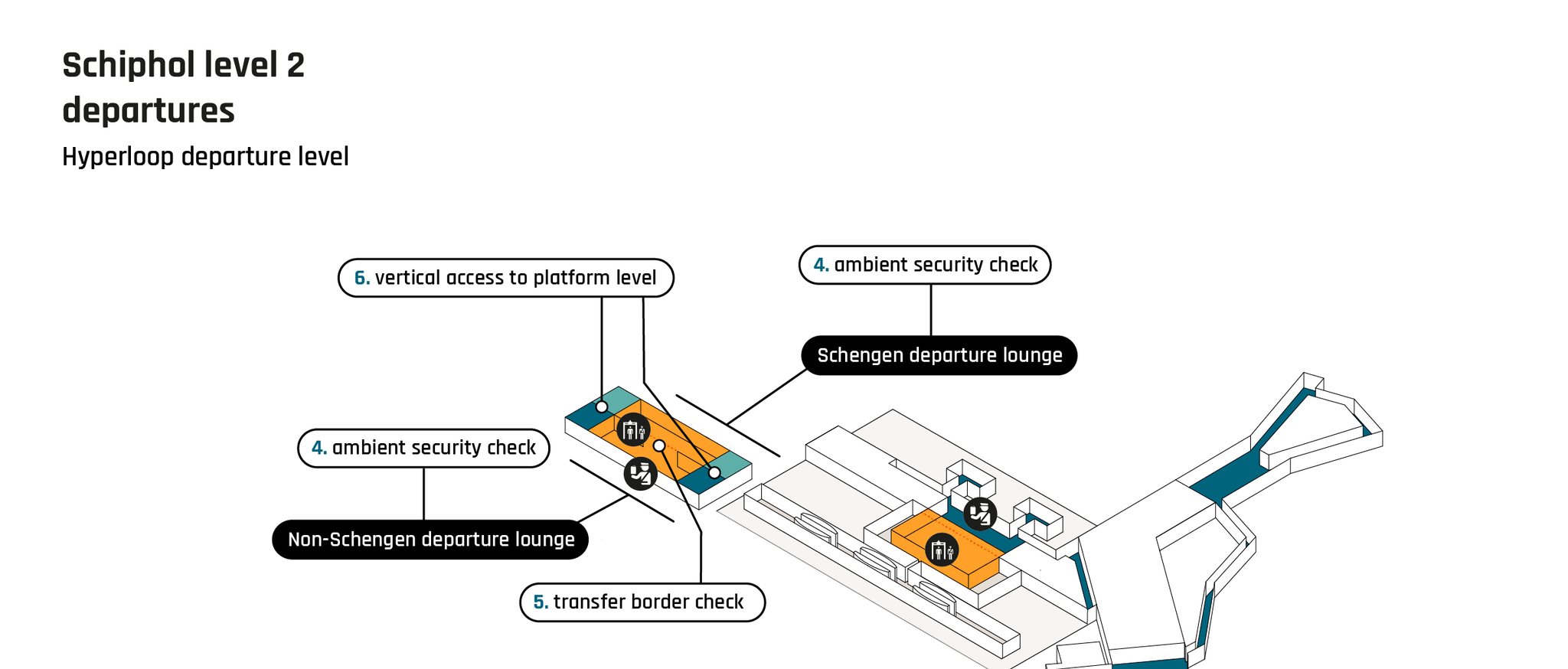
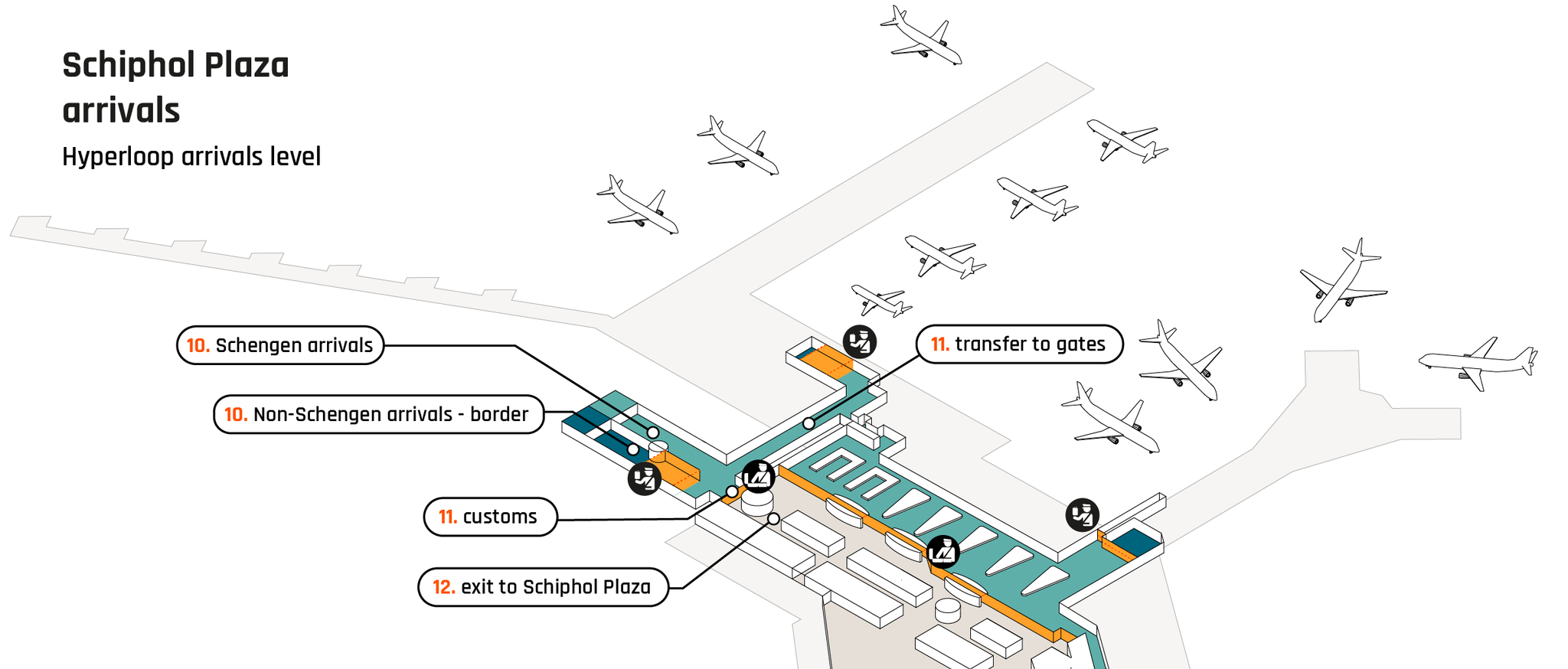
Acknowledgements


Hyperloop Prefeasibility Study with Amsterdam Airport Schiphol
https://issuu.com/hardthyperloop/docs/hardt_schiphol_project_booklet_short__2___1_?utm_medium=referral&utm_source=embed.notion.co

